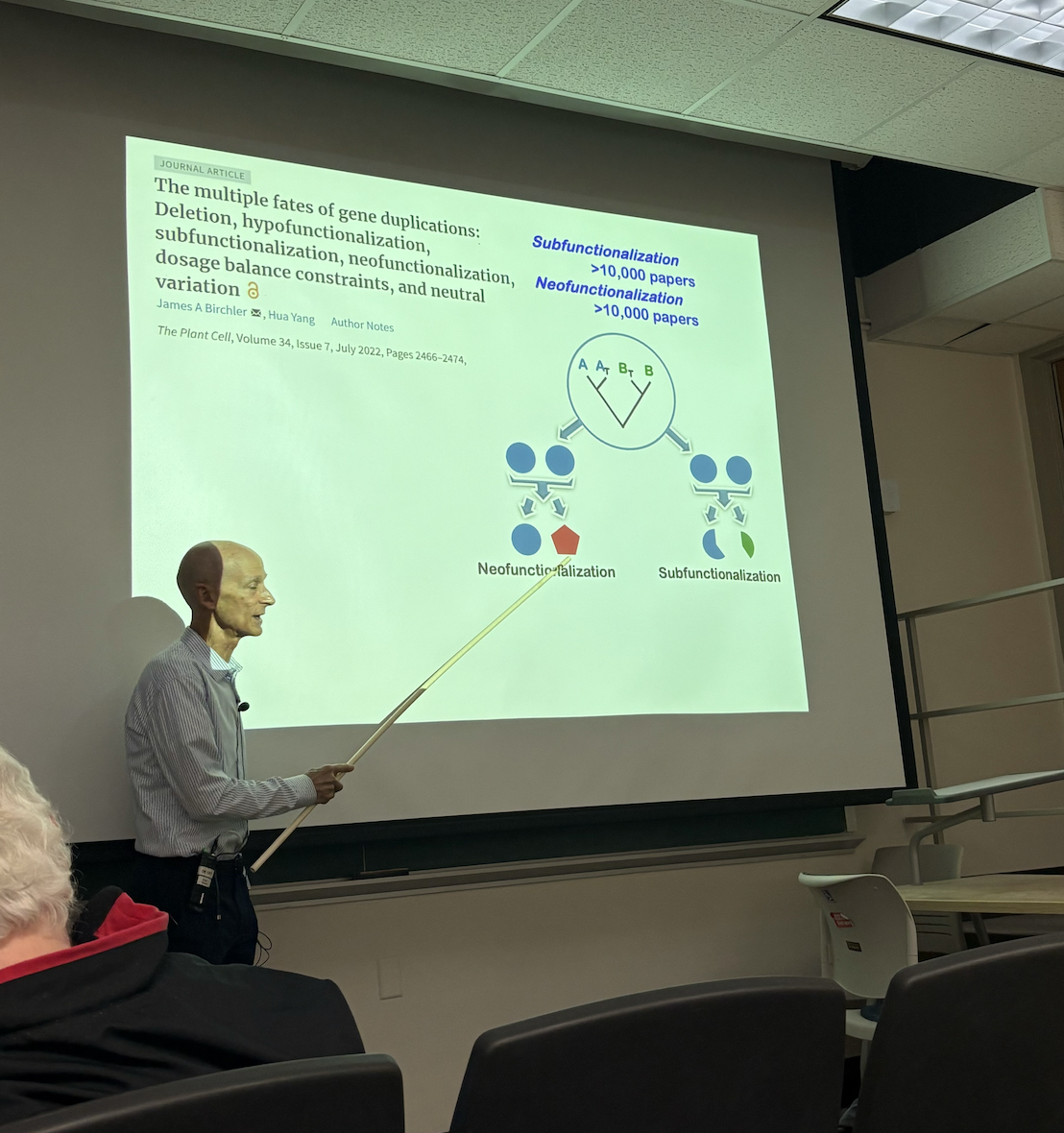The U.S. Environmental Protection Agency listed new per- and polyfluoroalkyl substances maximum contaminant limits for water utility systems under the Safe Drinking Water Act April 19, with the goal of protecting human health.
UW professor and Associate Dean for Education and Faculty Affairs at the Nelson Institute for Environmental Studies Steph Tai said PFAS are a class of man-made chemicals containing fluorine and other chemical elements. The chemicals’ long lives have given them the nickname “the forever chemicals.” Tai said PFAS chemicals are used in non-stick coating for household items like pans and in flame retardant material.
Tai said PFAS chemicals get into drinking water sources like reservoirs and underground aquifers by leaching into the soil. If an item coated with a PFAS chemical — like a non-stick pan or waterproof jacket — ends up in a landfill, the PFAS from the coating will eventually wash away and enter the soil. Objects coated in flame retardants can also contaminate groundwater.
“That [flame retardant coating] is also going to wash away eventually into our groundwater and it doesn’t have to be a lot [leeching] at the same time,” Tai said. “It can be a little bit, but since it accumulates, it just ends up accumulating in our water.”
Tai said water utility systems do not currently have any filtration systems for PFAS, allowing it to enter drinking water resources. The new EPA maximum standard limits water utility systems from carrying water containing between four parts per trillion to 10 parts per trillion, based on the level of risk that a specific PFAS chemical poses.
There are a number of risks associated with an accumulation of PFAS in drinking water. Tai said a high concentration of PFAS can potentially cause neurological issues, infant developmental issues and certain types of cancer.
Tai said PFAS do not affect everyone the same way — especially in populations with underlying illnesses and health risks. All water sources have different levels of PFAS depending on their proximity to both landfills and industries with high uses of flame retardants. Every person will react to the chemical differently and the length of exposure time can also affect health issues.
“As you get older, you get more [exposure to] PFAS,” Tai said. “So, having a lower limit, you’re still gonna accumulate PFAS. But the idea is to set limits where in the course of your lifetime, it’s not going to create a higher risk.”
PFAS chemicals listed under the new Safe Drinking Water Act are the most researched PFAS chemicals since they have been used by many companies, according to Tai. But, it’s difficult to research the effects of PFAS because scientists do not know exactly what type of PFAS is being used by industrial companies, which are protected by trade secret laws in the U.S.
Tai said the health effects are usually long-term and must be studied for an extended period of time. Currently, scientists research PFAS by observing populations that are exposed to high PFAS areas versus low PFAS areas over the course of several years.
The new EPA standard is going to require public water utility systems to closely monitor PFAS so they can implement reduction solutions when levels exceed four to 10 parts per trillion. Tai said there is about $1 billion available for this infrastructure and technology to be developed for public water utility system infrastructure. Despite this, UW public affairs professor Manny Teodoro said PFAS chemicals are extremely expensive contaminants to regulate and treat.
Teodoro said Madison has about 28 wells that provide water for the city. Of those, only one has detected PFAS. But, it will cost several million dollars to retrofit the well to the EPA’s new standard of four parts per trillion, Teodoro said.
“I’m concerned about … whether the four parts per trillion that EPA has just set as the contaminant limit is the appropriate limit,” Teodoro said.
PFAS chemicals are everywhere but not always in dense, dangerous concentrations, according to Teodoro. Only when there is a high concentration of PFAS is there a serious health issue. There are other immediate threats to human health coming from the water utility systems, like water main breaks and lead pipes.
Teodoro wonders whether these funds could be spent on more urgent problems in locations where there are lower concentrations of PFAS chemical levels.
Madison has about 200 water main breaks a year, which result when the pipes carrying water between houses and utility systems rupture, causing potential exposure of biological contamination to the public, Teodoro said. Aside from water infrastructure, drinking water safety is also threatened by lead pipes and nitrate contamination from agricultural fertilizers, Teodoro said.
Some nations are researching an appropriate standard for PFAS in drinking water and have decided between 20 and 100 parts per trillion, Teodoro said. Wisconsin and European standards are at 70 parts per trillion. Teodoro said the new EPA standard is much more aggressive and will impact significantly more communities.
There is going to be massive litigation around this rule and privatization of water utilities is going to be an appealing option for many companies, Teodoro said. Water utility bill rates are also going to rise, not just in Wisconsin but across the country. These potential consequences have experts questioning the severity of the new EPA standard.
“What’s the highest and best use of our limited financial resources for drinking water?” Teodoro said. “In some cases, the greatest threat to health is PFAS, but most of the state [Wisconsin] is something else. I just want to make sure that we’re paying attention to the something else.”














